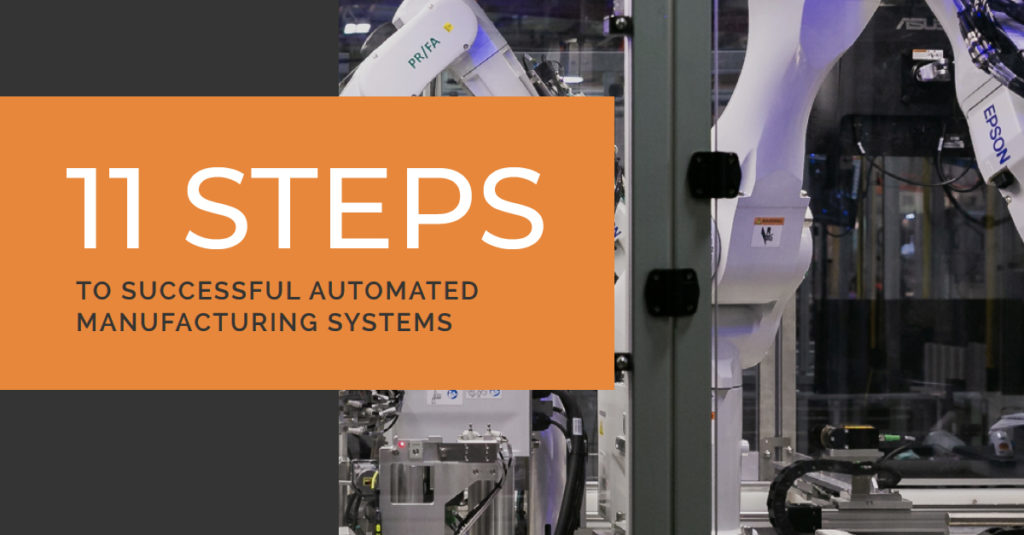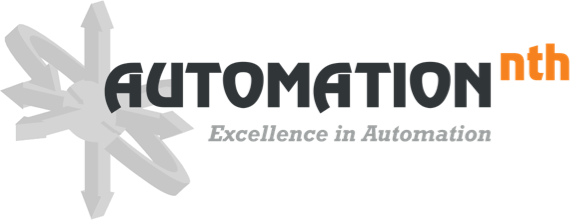
This is the sixth post in the series of 11 steps to follow to achieve success in automated manufacturing systems. If you’re new to this series, you can start with the first step: When to Automate.
In this post, we’re covering Step 6—Defining The Solution.
- When to Automate
- Where to Start
- Who Should Be Involved
- How an Automation Architect Selects an Equipment Supplier
- The Contract
- Defining the Solution
- Project Execution
- Runoff & Factory Acceptance Test at Supplier
- Operator & Maintenance Training
- Installation, Site Acceptance Test & Production Start-Up
- Continuous Improvement
To get all 11 steps together in an ebook, fill out the form below and we’ll send it to you!
Step 6: Defining The SOLUTION
Now that you have selected the supplier to build your system and entered into a contract with them, it’s time to roll up your sleeves jointly and really get down into the details. This is when the user and supplier analyze the design of the product to be produced, required quality and production levels, acceptance criteria, and other pertinent requirements.
These steps are typically followed to define the solution:
- Develop the process – the sequence of operations to be performed – in specific details.
- Define quality requirements, citing those dimensions and surfaces that are critical.
- Define the required minimum throughput (productivity and expected operating efficiency) of the system.
- Consider the approximate floor space required, and evaluate the user’s ability to accommodate it. Determine whether any special plant preparation (e.g. foundation or electrical) is required for the system installation.
- Define and agree upon the criteria to be used to accept (buy-off) the system on the builder’s floor and at final installation. This includes the assurance of incoming part quality and stability.
- Consider the impact of OSHA and other regulations and provisions.
- Confirm operator requirements.
If the equipment is subject to FDA regulations, this is when the validation plan should be established. It is much better to create validation protocol at this stage than during the runoff and Factory Acceptance Test. If the validation plan doesn’t come together early enough, it may result in schedule delays or a protocol that is overly cumbersome and resource intensive.
Perspectives on Automation
Automotive components manufacturer
“Transporting workpieces from one working station to another in an automated system must be considered as a vital part of the system decision; it must be considered at the same time that processing steps and sequence are determined—and that time is when the products to be manufactured are being engineered.”
Material handling manufacturer
“You want the industrial automation team in on the ground floor, before engineering is completed. We can take a look at what the needs are, and we often can simplify the system and make certain the proper controls and electrics are chosen for the job.”
Electric and electronic control and monitoring systems company
Manufacturer of heavy industrial and commercial products
